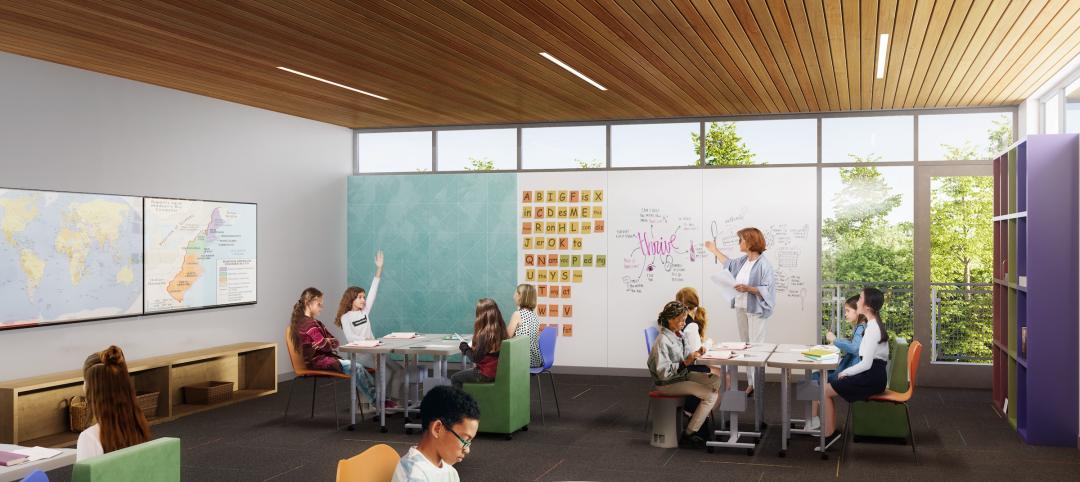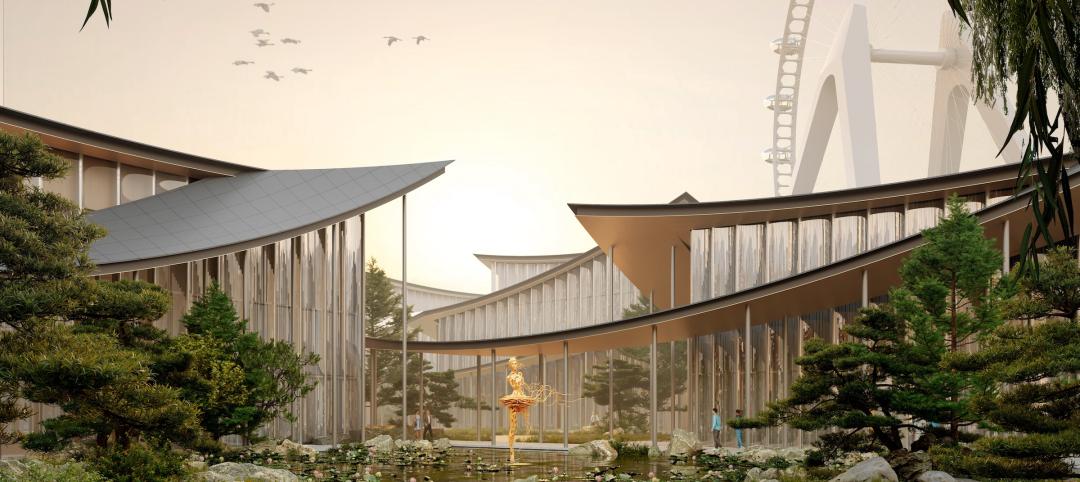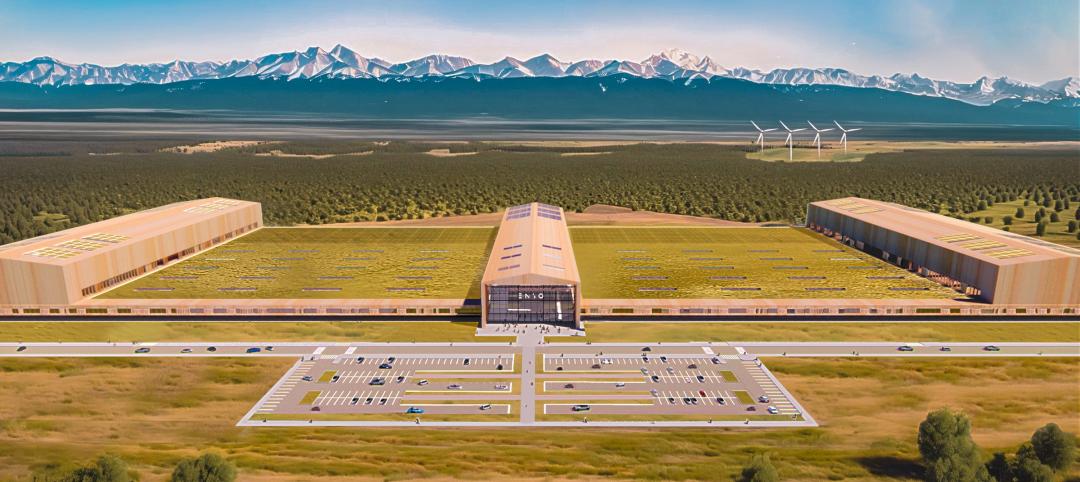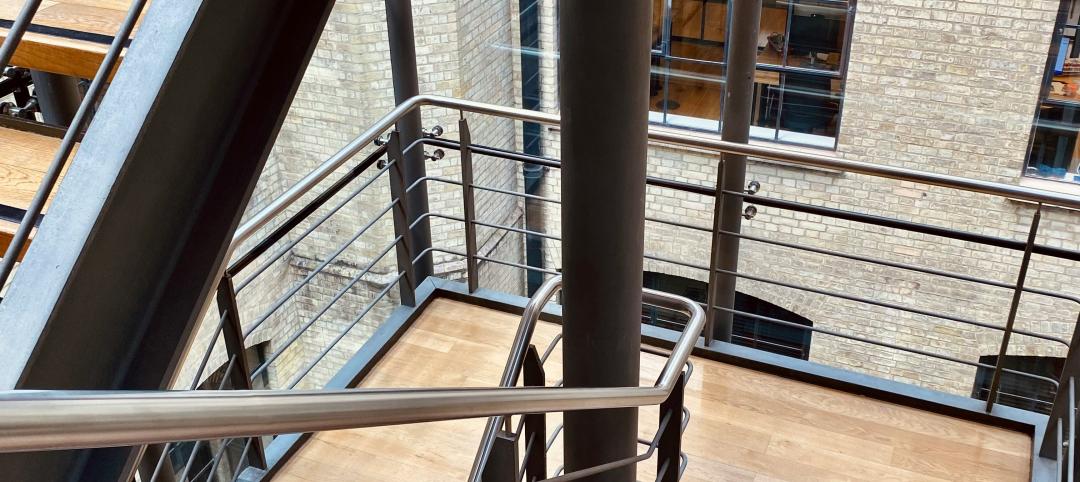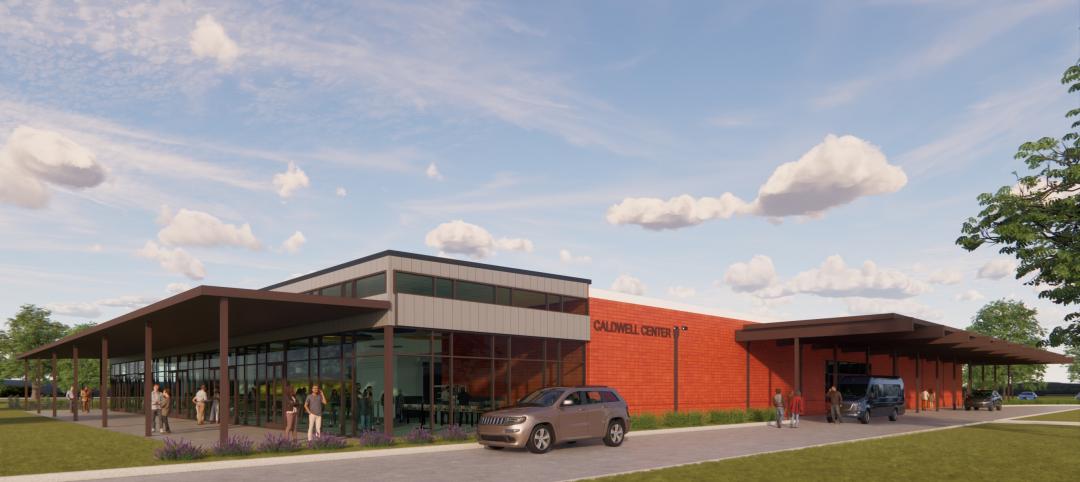Evolving into more comprehensive design-build services was the driver behind CannonDesign’s recent merger with gkkworks, an integrated planning, design, and construction firm.
Founded in 1991, gkkworks employs 120 people in its offices in Irvine, Pasadena, and San Diego, Calif.; Denver; and Pune, India. (CannonDesign has an office in Mumbai.) Its annual revenue ranges from $50 million to $60 million.
Praful Kulkarni, president and CEO of gkkworks, says his goal has been to “create a firm with multiple professionals to customize the design process.” He notes that his company’s progressive design-build delivery model is promulgated on the belief that “architecture and construction are inseparable.”
Kulkarni’s new title at Cannon Design is director of integrated services, focused on advancing the combined firm’s design and construction capabilities.

Praful Kulkurni is now Cannon Design's director of intergated services, focused on the firm's design and construction capabilities. Image: courtesy of Cannon Design
Last year, Fast Company magazine recognized CannonDesign as one of the 10 most innovative architectural firms in the world. CannonDesign became acquainted with gkkworks through a “client connection,” says Brad Lukanic, AIA, LEED AP, CannonDesign’s growth-minded CEO.
Merging with gkkworks expands CannonDesign’s west-coast partnerships and moves the firm into the hospitality sector. Lukanic further explains the rationale behind this merger by stating “we’re finding that the industry is really hungry for alternative delivery methods. When there’s a single source of delivery, fewer mistakes are made.”
Cannon Design got into integrated modular design two years ago. Based on post-occupancy studies that CannonDesign has conducted on those subsequent projects, its delivery model is reducing delivery times by 28%, lowering costs by 20%, and reducing material waste by 30%. Kulkarni observes that these results “rest on involving the construction company at the point of selection.”

Deb Sheehan, Cannon Design's Executive Director-Firmwide Strategies, is looking forward to her company working earlier with subs and suppliers. Image: Cannon Design
Merging with gkkworks extends CannonDesign’s delivery reach to the supply chain, says Deb Sheehan, CannonDesign’s Executive Director-Firmwide Strategies. The company is already collaborating with GCs, and has started to include large subcontractors such as Hill Mechanical in early design discussions. Sheehan speaks enthusiastically about working sooner with suppliers and subcontractors to get costs down.
When asked why more firms should go the IDP route, Kulkarni cites a U.S. Supreme Court ruling that, he says, set “an impossibly high bar” for the accuracy of design drawings. In any disputes among building team members or with clients, that ruling “became a defensive position.” But when design and construction are integrated, “you no longer have these disputes.”

Since joining Cannon Design in 2016, CEO Brad Lukanic has been acquisition minded. Image: Cannon Design
“I believe our firm can play a vital role in a unified approach, as clients seek integrated solutions that link a project’s design and delivery phases,” says Lukanic. “By breaking traditional boundaries, our firm seeks to delivery every project aspect—from shaping the design experience to final construction.”
Its merger with gkkworks brings to 24 the number of offices Cannon Design operates. Over the next several months, Cannon Design and gkkworks will be combining their respective operations, “especially in California,” says Lukanic.
Related Stories
K-12 Schools | Aug 29, 2024
Designing for dyslexia: How architecture can address neurodiversity in K-12 schools
Architects play a critical role in designing school environments that support students with learning differences, particularly dyslexia, by enhancing social and emotional competence and physical comfort. Effective design principles not only benefit students with dyslexia but also improve the learning experience for all students and faculty. This article explores how key design strategies at the campus, classroom, and individual levels can foster confidence, comfort, and resilience, thereby optimizing educational outcomes for students with dyslexia and other learning differences.
Museums | Aug 29, 2024
Bjarke Ingels' Suzhou Museum of Contemporary Art conceived as village of 12 pavilions
The 60,000-sm Suzhou Museum of Contemporary Art in Suzhou, Jiangsu, China recently topped out. Designed by Bjarke Ingels Group (BIG), the museum is conceived as a village of 12 pavilions, offering a modern interpretation of the elements that have defined the city’s urbanism, architecture, and landscape for centuries.
Adaptive Reuse | Aug 28, 2024
Cities in Washington State will offer tax breaks for office-to-residential conversions
A law passed earlier this year by the Washington State Legislature allows developers to defer sales and use taxes if they convert existing structures, including office buildings, into affordable housing.
Industrial Facilities | Aug 28, 2024
UK-based tire company plans to build the first carbon-neutral tire factory in the U.S.
ENSO, a U.K.-based company that makes tires for electric vehicles, has announced plans to build the first carbon-neutral tire factory in the U.S. The $500 million ENSO technology campus will be powered entirely by renewable energy. The first-of-its-kind tire factory aims to be carbon neutral without purchased offsets, using carbon-neutral raw materials and building materials.
Architects | Aug 28, 2024
KTGY acquires residential high-rise specialist GDA Architects
KTGY, an award-winning design firm focused on architecture, interior design, branded environments and urban design, announced that it has acquired GDA Architects, a Dallas-based architectural firm specializing in high rise residential, hospitality and industrial design.
K-12 Schools | Aug 26, 2024
Windows in K-12 classrooms provide opportunities, not distractions
On a knee-jerk level, a window seems like a built-in distraction, guaranteed to promote wandering minds in any classroom or workspace. Yet, a steady stream of studies has found the opposite to be true.
Building Technology | Aug 23, 2024
Top-down construction: Streamlining the building process | BD+C
Learn why top-down construction is becoming popular again for urban projects and how it can benefit your construction process in this comprehensive blog.
Airports | Aug 22, 2024
Portland opens $2 billion mass timber expansion and renovation to its international airport
This month, the Portland International Airport (PDX) main terminal expansion opened to passengers. Designed by ZGF for the Port of Portland, the 1 million-sf project doubles the capacity of PDX and enables the airport to welcome 35 million passengers per year by 2045.
Adaptive Reuse | Aug 22, 2024
6 key fire and life safety considerations for office-to-residential conversions
Office-to-residential conversions may be fraught with fire and life safety challenges, from egress requirements to fire protection system gaps. Here are six important considerations to consider.
Resiliency | Aug 22, 2024
Austin area evacuation center will double as events venue
A new 45,000 sf FEMA-operated evacuation shelter in the Greater Austin metropolitan area will begin construction this fall. The center will be available to house people in the event of a disaster such as a major hurricane and double as an events venue when not needed for emergency shelter.



